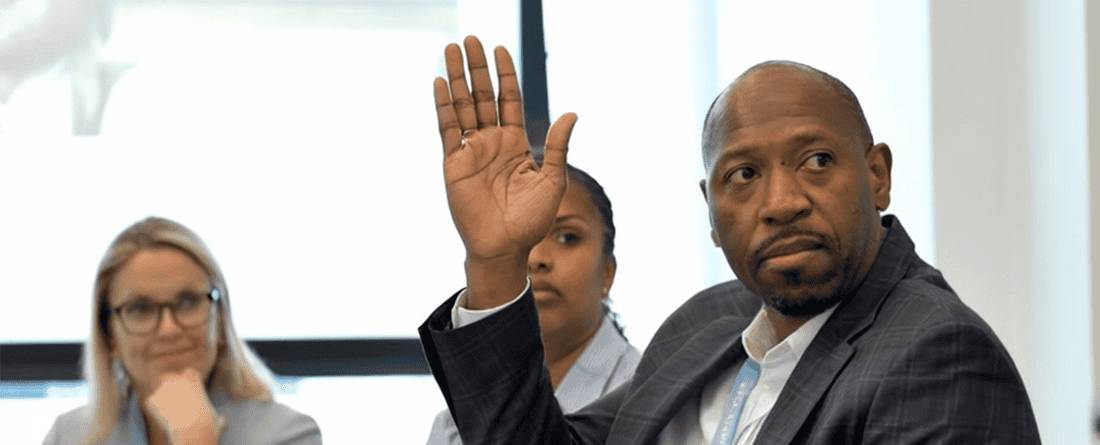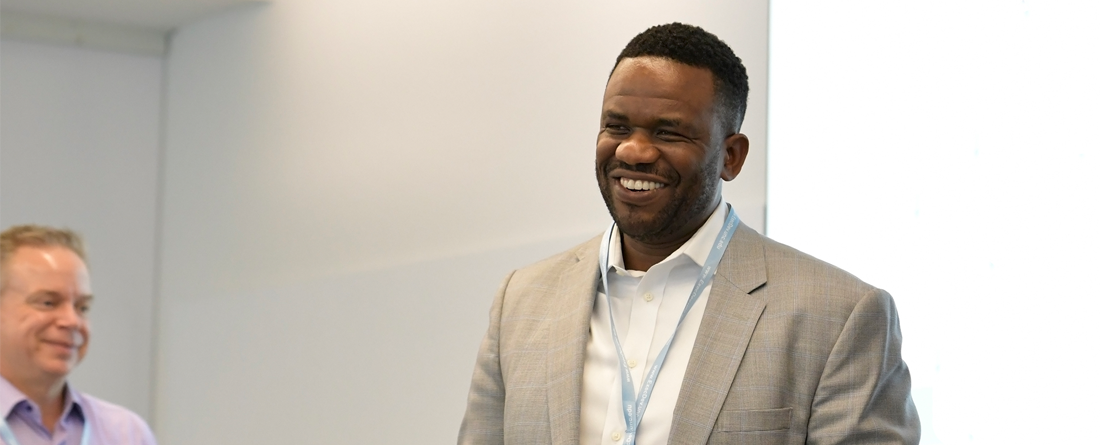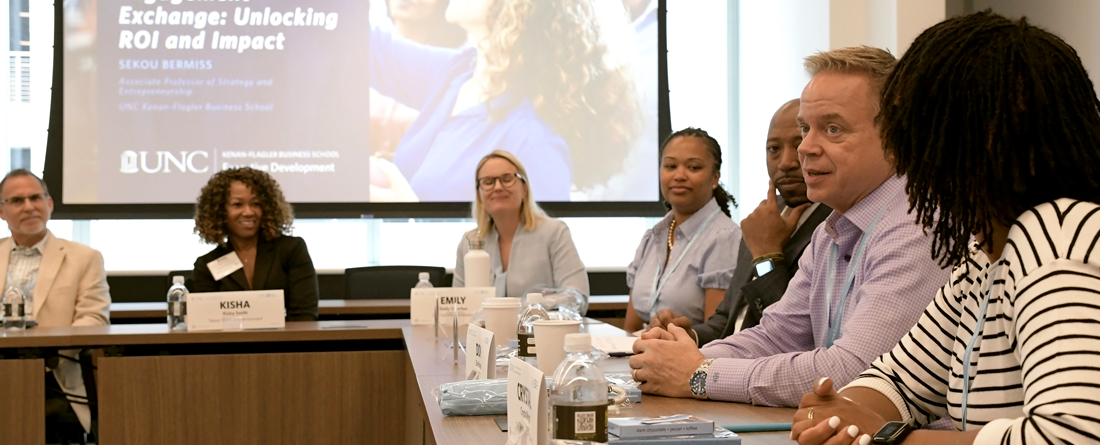
It’s not hard to identify a high-potential leader.
They are the people in your organization who are always eager to take on new projects and constantly want to learn. They possess strong communication skills and the ability to dissect complex problems.
In short, they operate at the next level, and their leadership qualities inspire and empower their colleagues.
But here is the real challenge: once you identify these individuals, how do you accelerate their development? How do you help them become the leaders you know they can be?
Ask the Right Questions
You have taken the first step of identifying an individual with huge potential. But to help them reach the next level, you need to ask lots of questions.
How do they analyze problems? Do they collaborate well with their peers? Are they adaptable to change? Do they thrive under pressure? Can they get the best out of the people around them? These questions (and there are many more worth asking) are critical to really understanding where the high-potential leader is now and where they need to go.
The Path to Purposeful Development
UNC Executive Development’s programs can help nurture the high-potential leaders in your organization. While this is far from a complete overview, our programs are built on a foundation that can help your leaders:
1. Learn to Be Uncomfortable
To make real progress, you often have to gently nudge people out of their comfort zones. With that in mind, our program design team creates environments where your leaders are given the chance to critically reflect on their behaviors and ideas.
For instance, through experiential learning activities, we immerse leaders in unique problem-solving challenges. These scenarios allow them to experience stressors, emotions, and relational dynamics that are similar to those in their daily roles. Through these activities, leaders observe themselves in action and discover ways that they can be even more effective.
Our design team also has your leaders work in small teams on projects that are strategically important to your organization but require expertise beyond the leaders’ current skill sets. This is a hugely valuable method for helping program participants rapidly expand their knowledge, improve their communication skills, and engage broadly with stakeholders beyond their personal networks.
2. Make Progress Through Coaching
During select programs, we will bring in a retired senior leader from the client’s organization or industry. We like to think of this process as “leaders teaching leaders,” a process that adds valuable input to the overall learning experience.
Often, these senior individuals will hold an open office in the evenings. Participants can arrange a one-to-one conversation to discuss what they have learned or get another perspective on how to apply the theory taught in the classroom to the reality of their roles.
Our faculty are always available to provide support, but this additional help, from someone who has been in their shoes, is an immensely helpful way to accelerate learning and build confidence.
3. Shift Perspective Through Collaboration
Leadership development often requires a perspective shift and a willingness to actively adopt new ideas and ways of working. To help with this process, UNC Executive Development’s programs put leaders together with diverse groups of peers from across their organization.
In these judgment-free spaces, leaders get to hear what their colleagues have to say about the topics being discussed in the classroom, as well as learn about their experiences and approaches to work back in the organization.
These kinds of conversations rarely happen in the workplace, but they are invaluable. When leaders have the opportunity to pause and step back, it can lead to breakthroughs in how they see themselves and encourage them to embrace new ideas that lead to real development.
Measuring Purposeful Change
It can take time to measure the impact of leadership development. But UNC Executive Development can assess progress by looking at factors such as a leaders’ confidence in their own abilities and positive changes in outlook and commitment to their organization.
In more concrete terms, we can also measure the impact of our programs by:
- Gathering quantitative and qualitative feedback from participants and their managers.
- Conducting pre- and post-assessments of leadership effectiveness.
- Applying various talent management measures, such as retention, promotion readiness, job moves, and employee satisfaction.
To find out more about developing your high-potential leaders, get in touch today.





